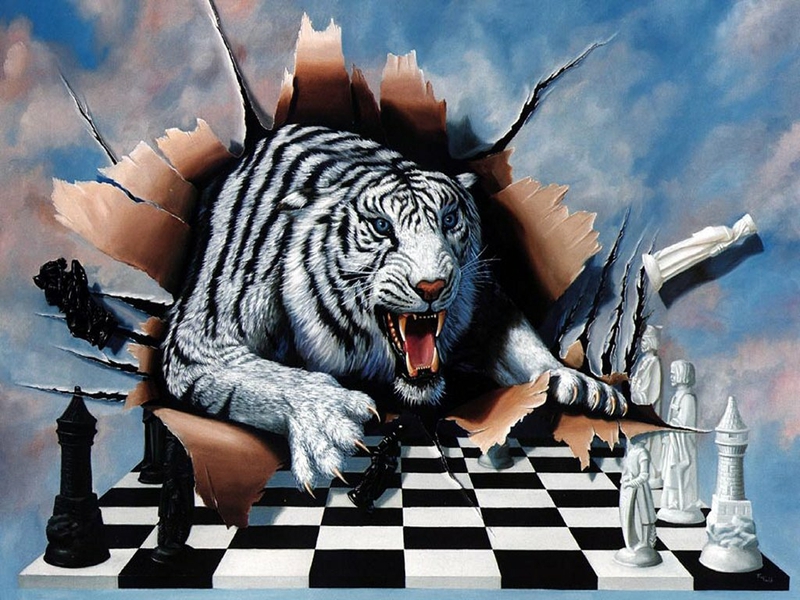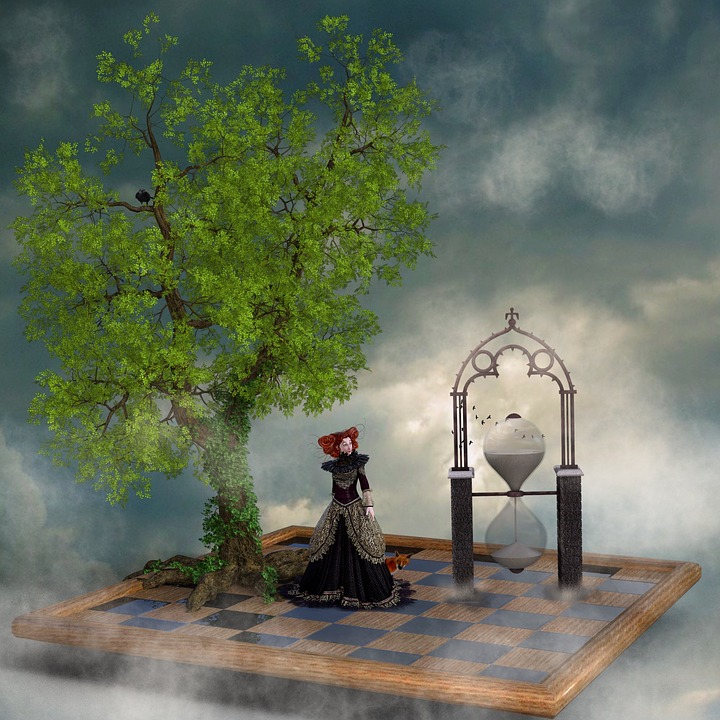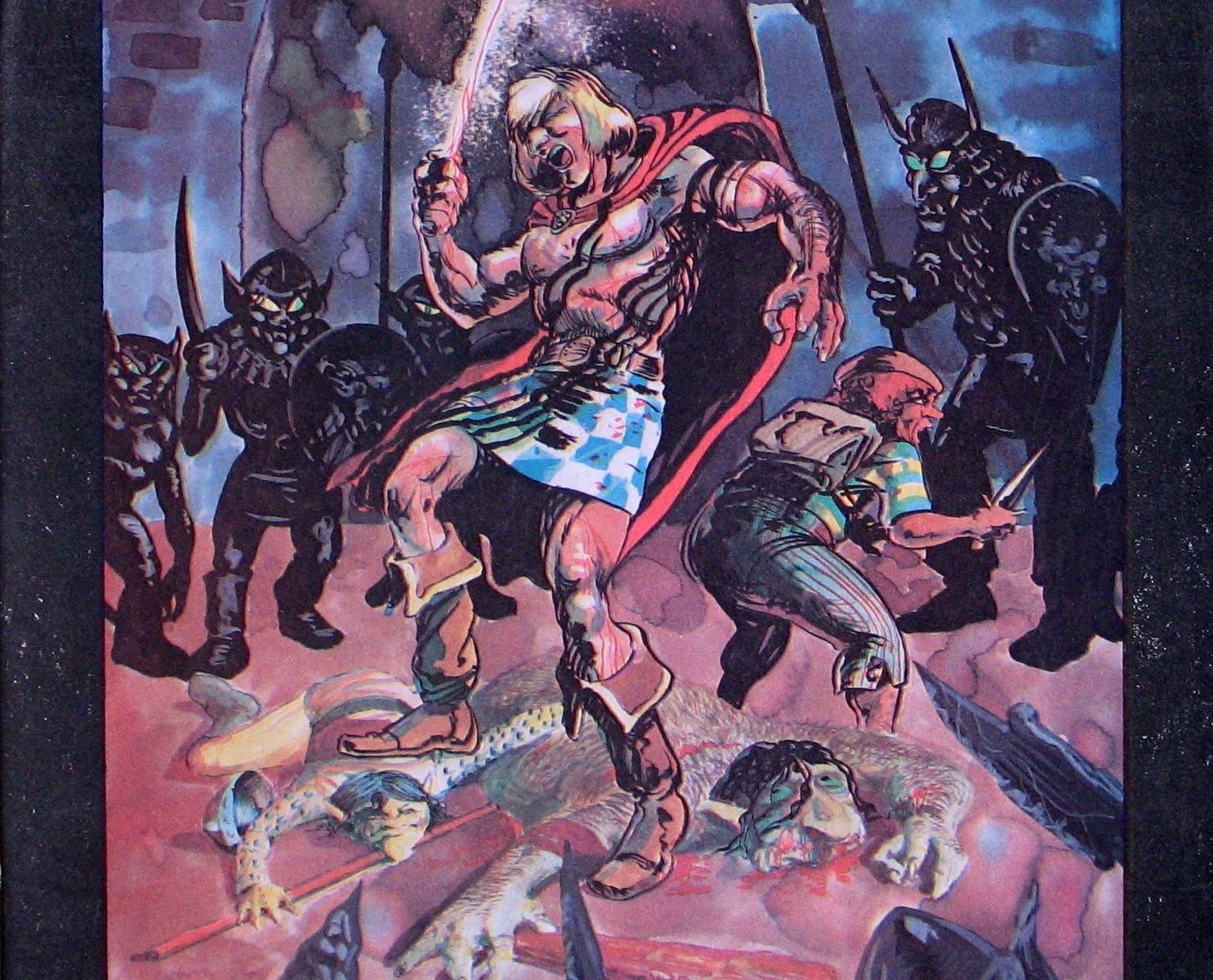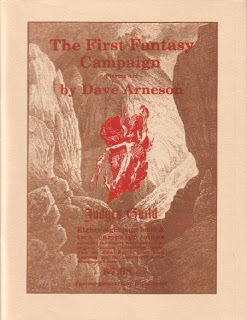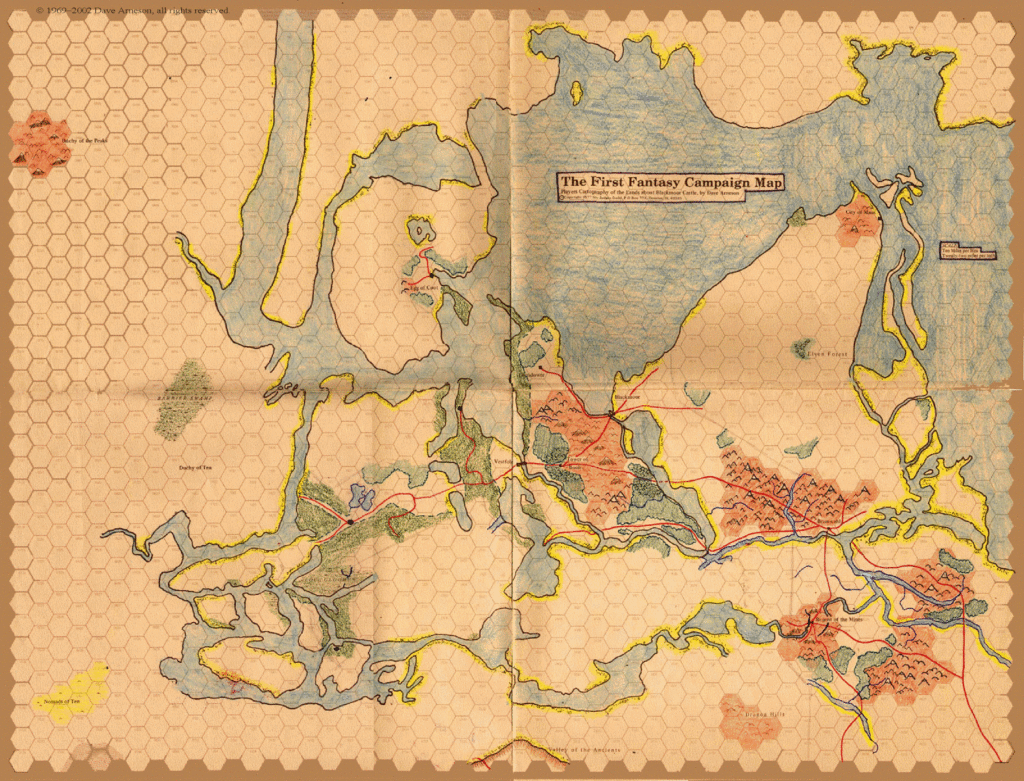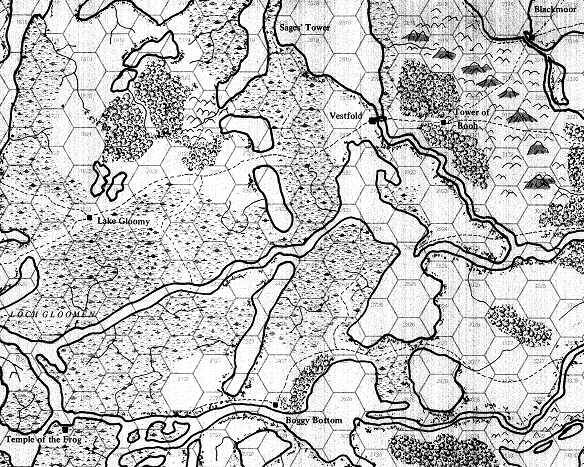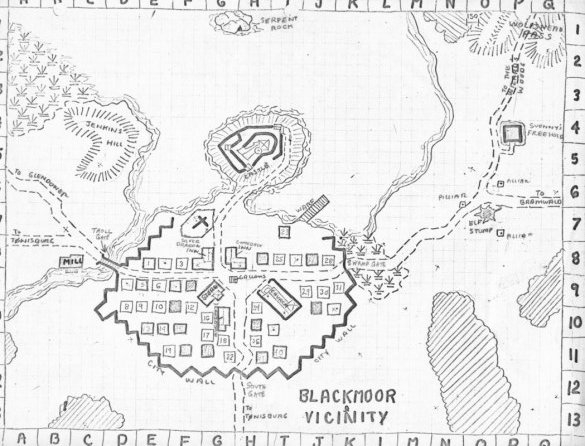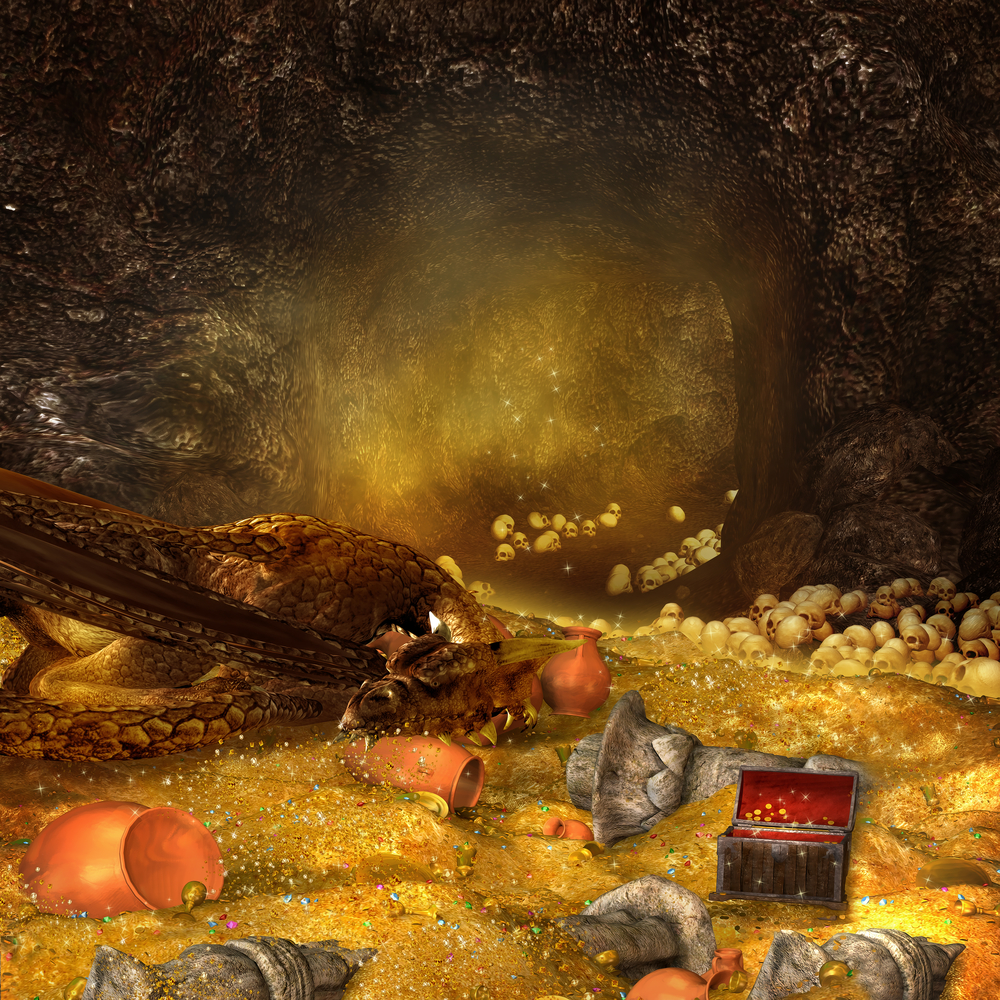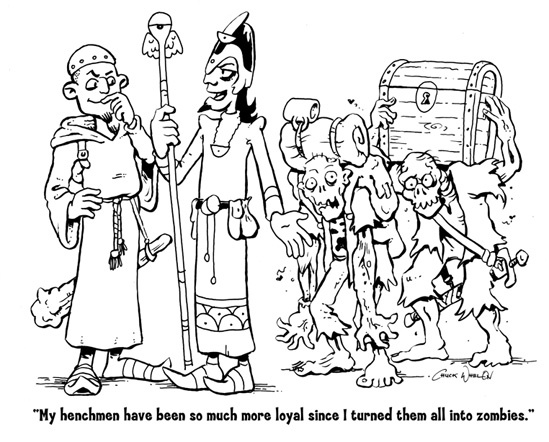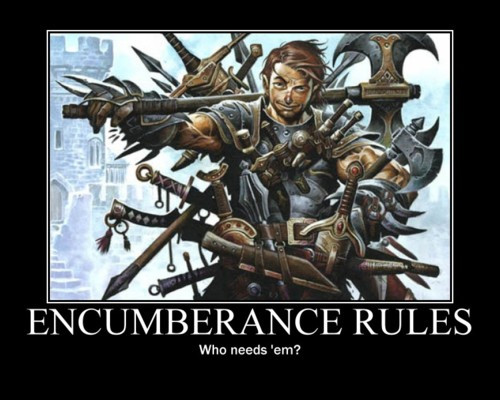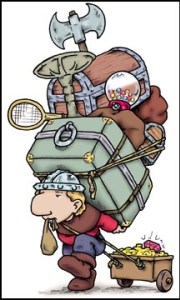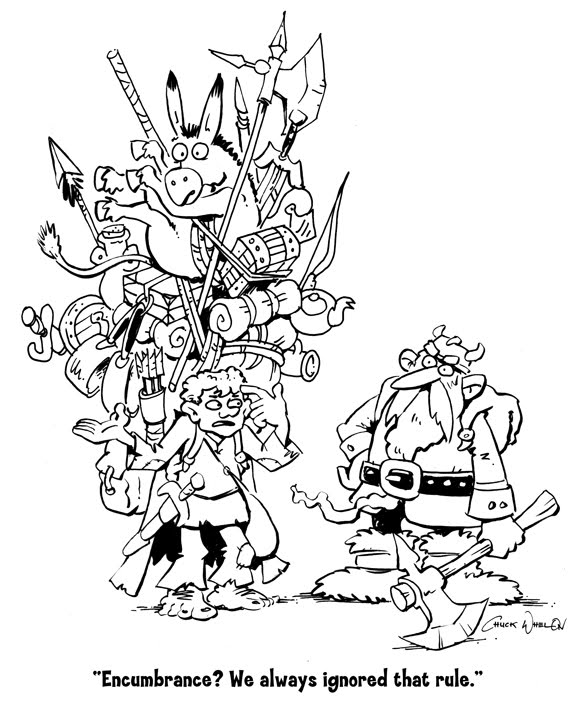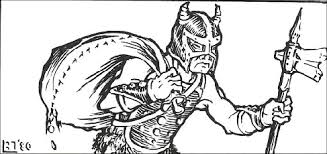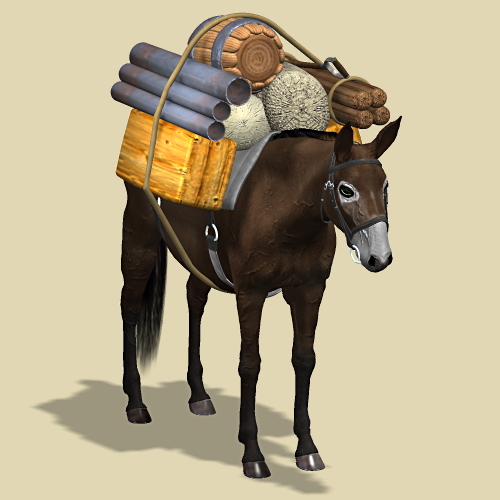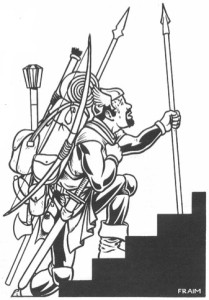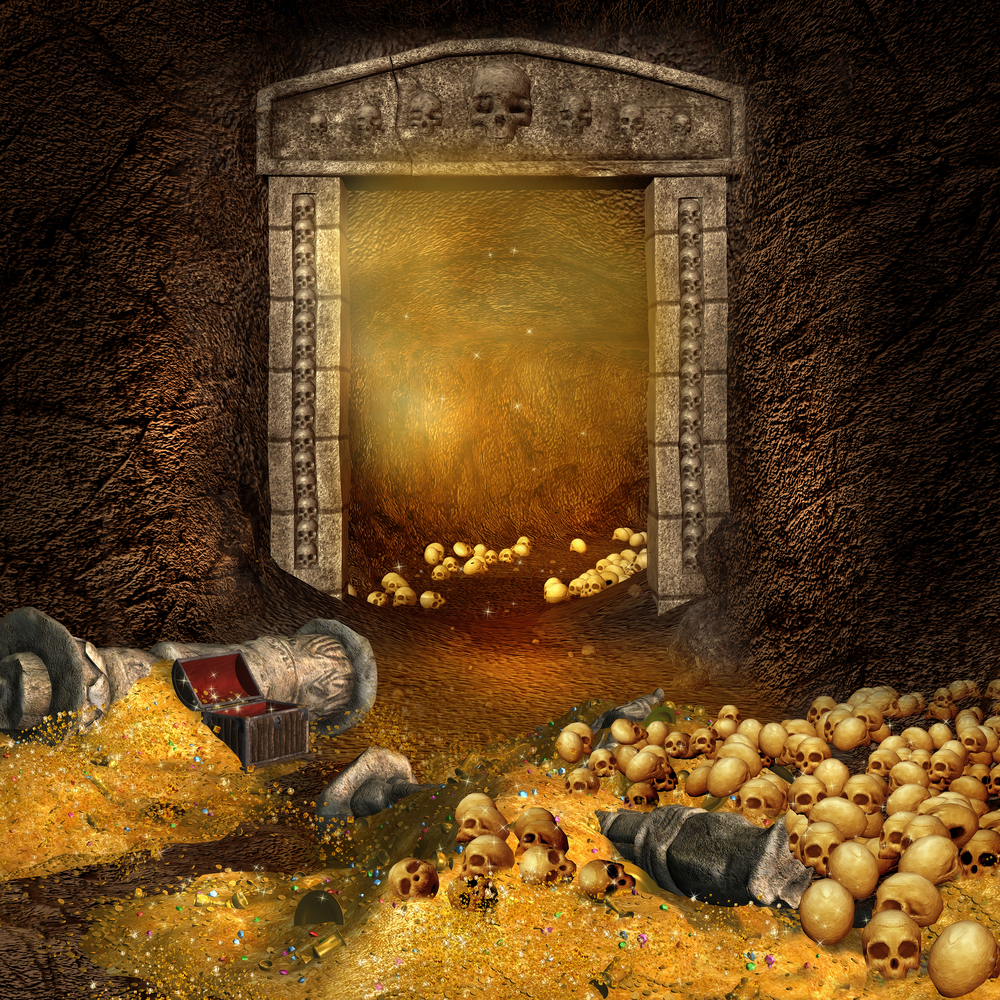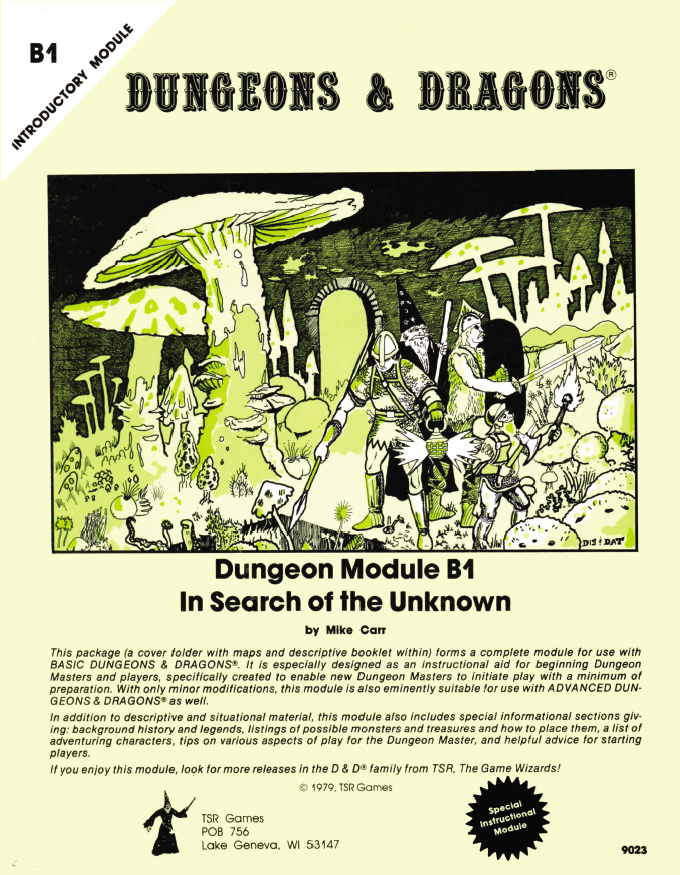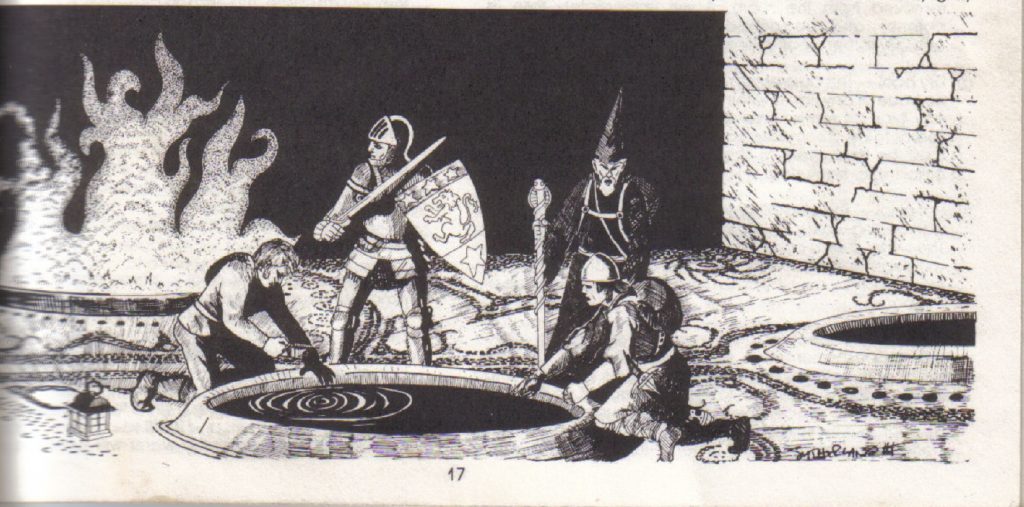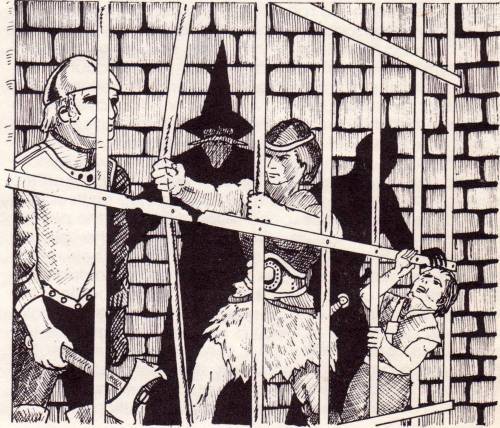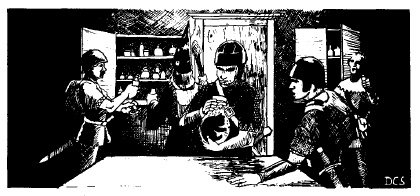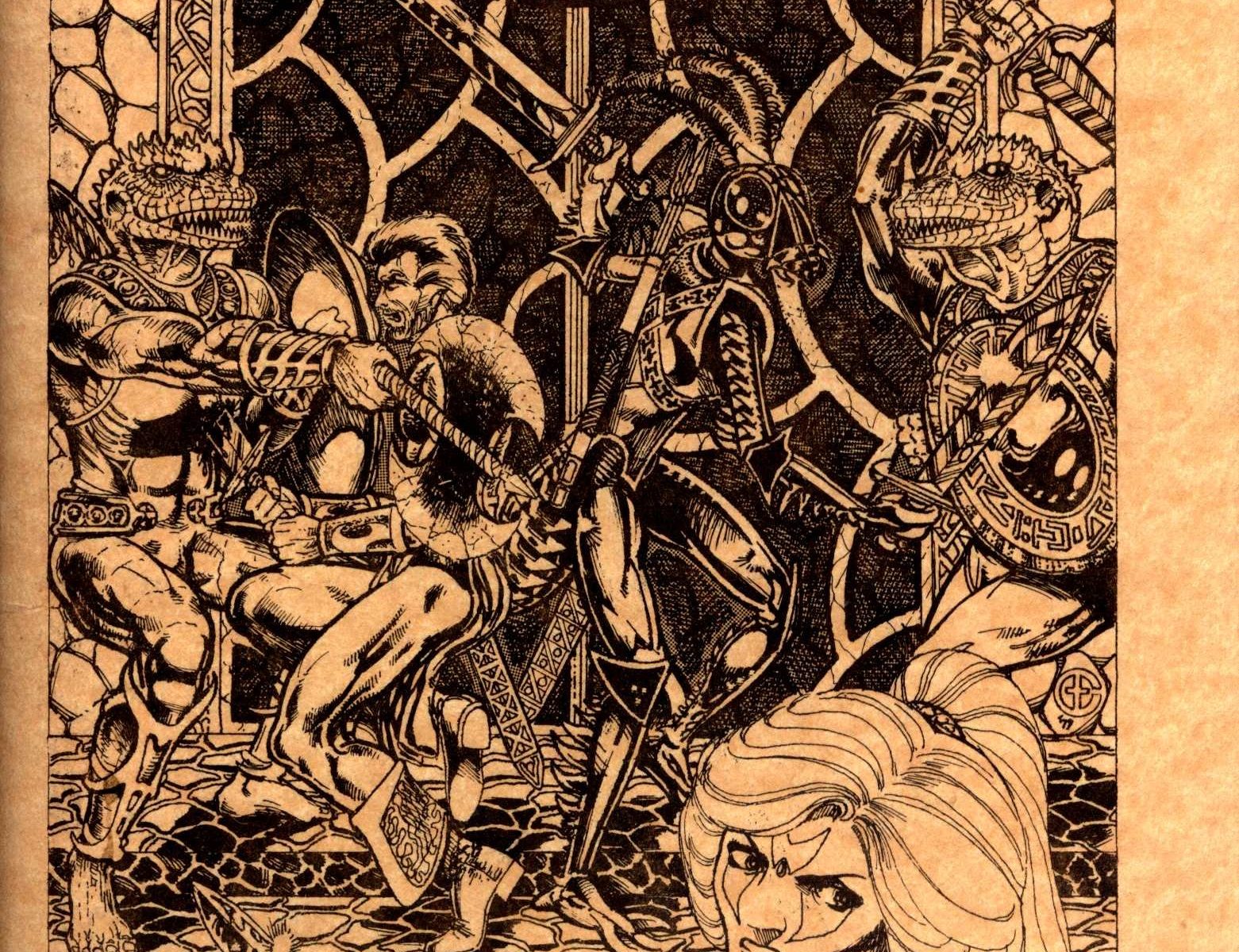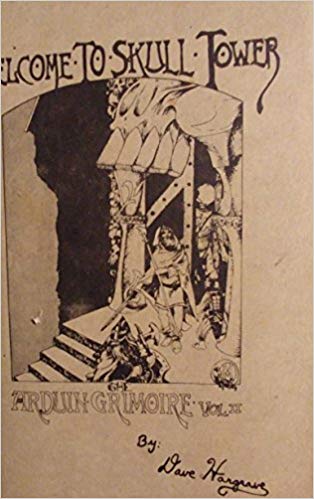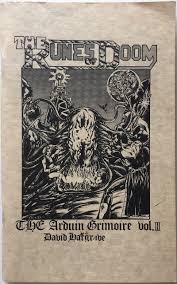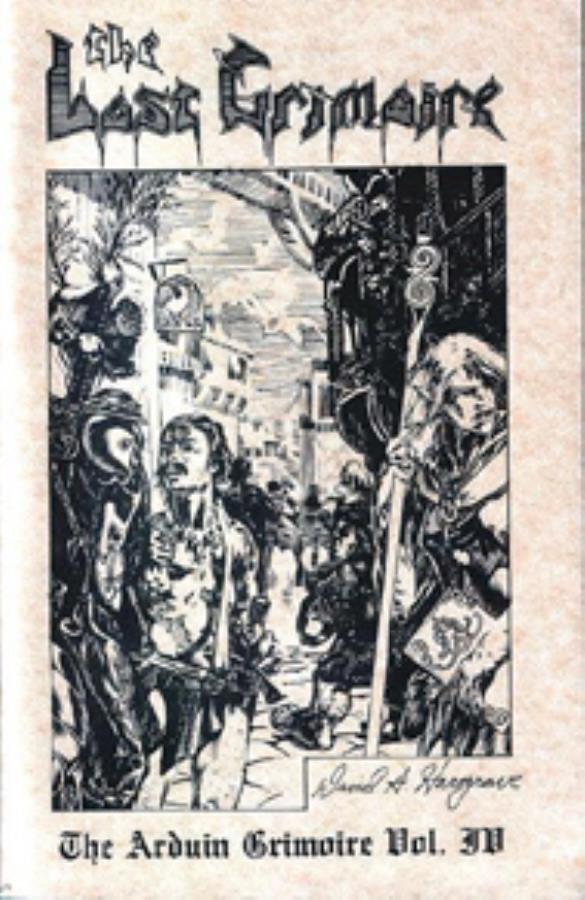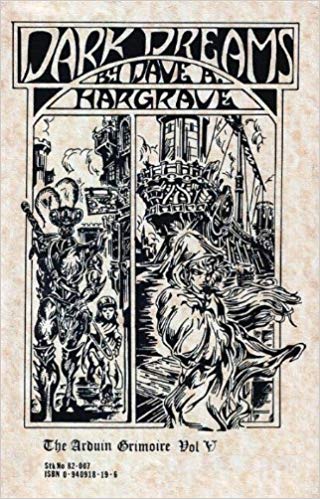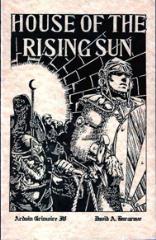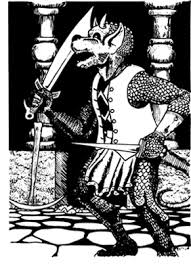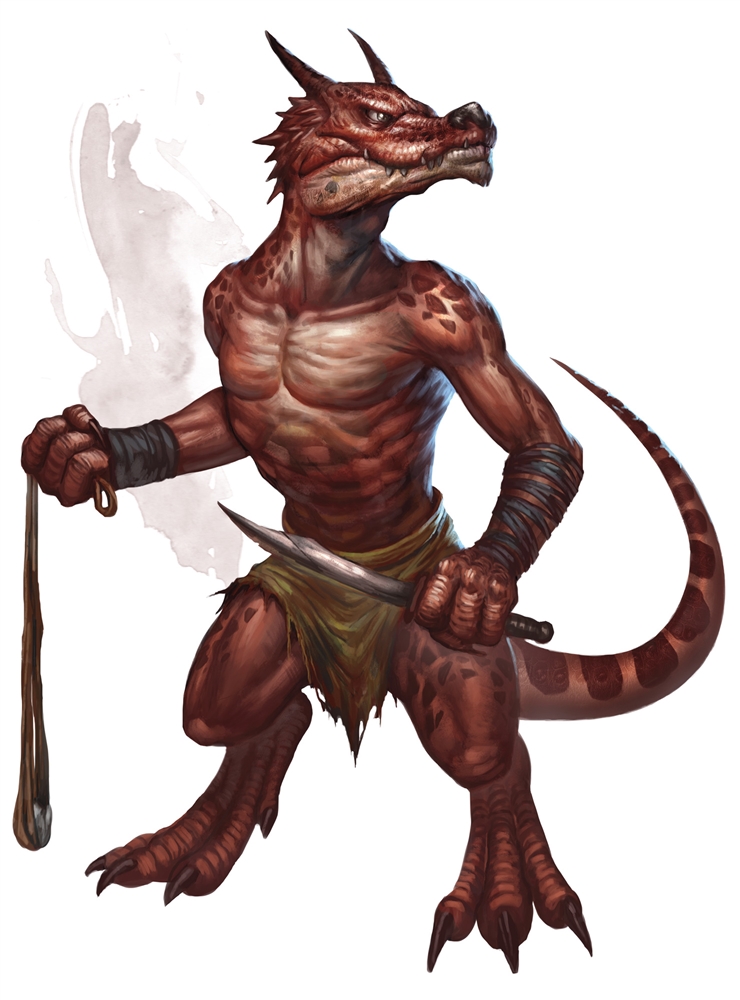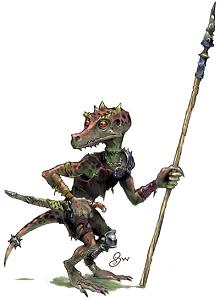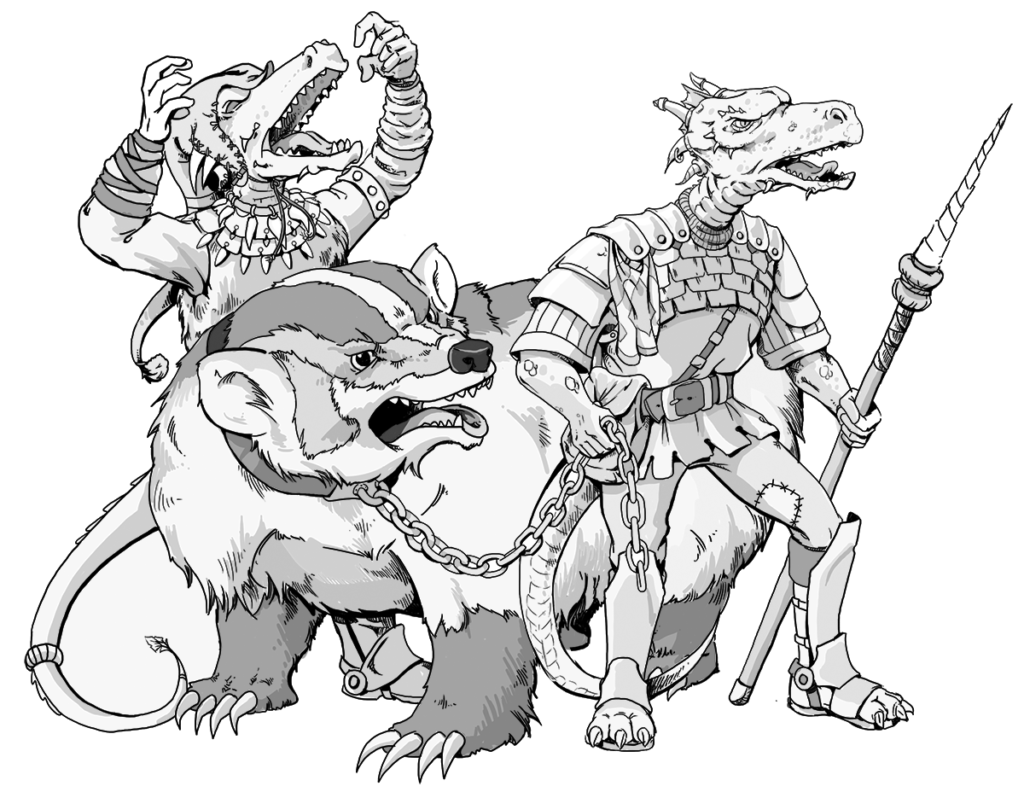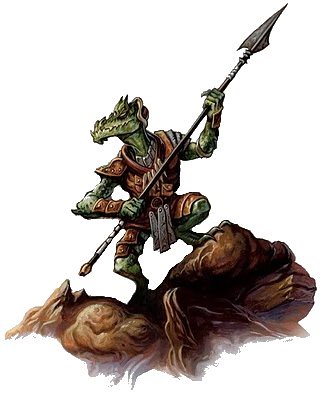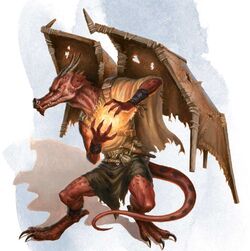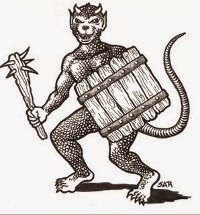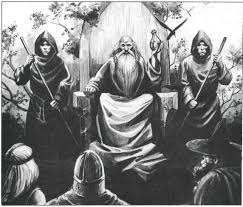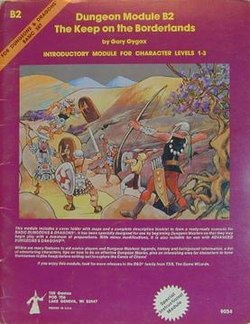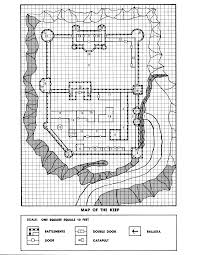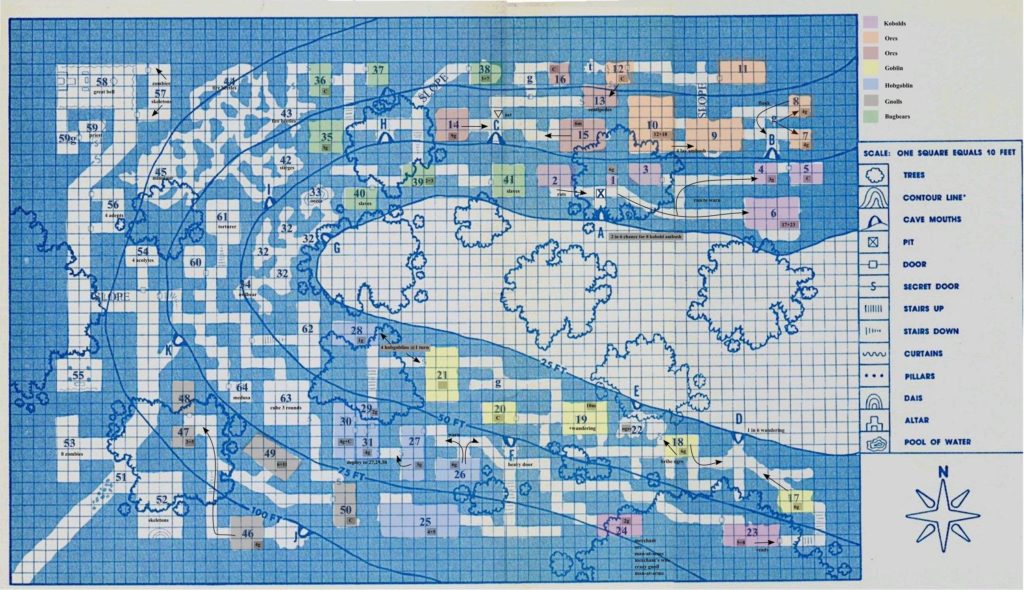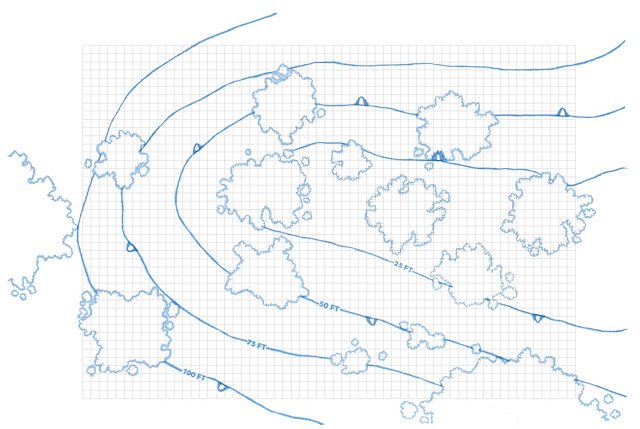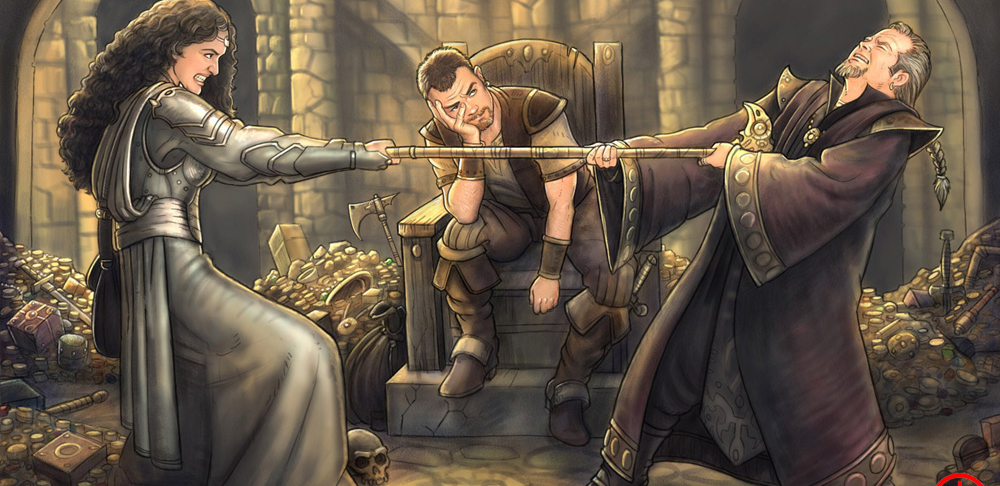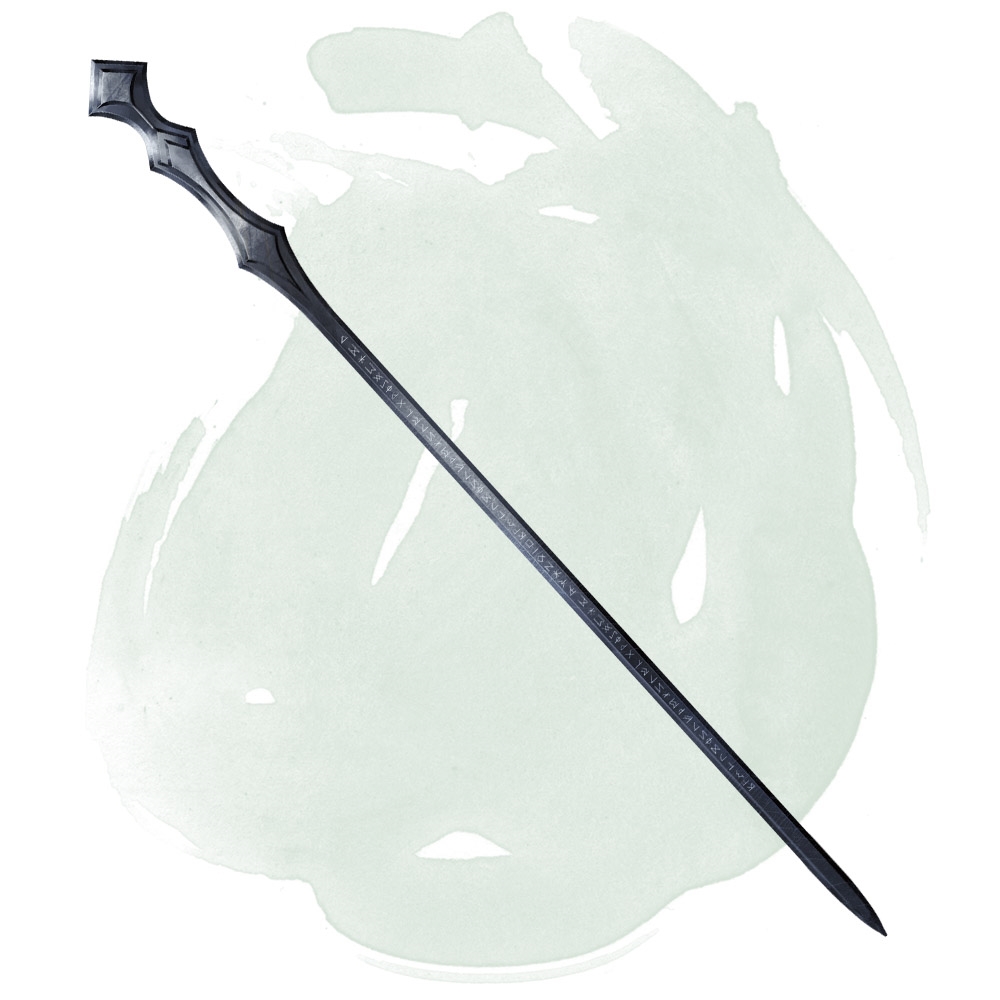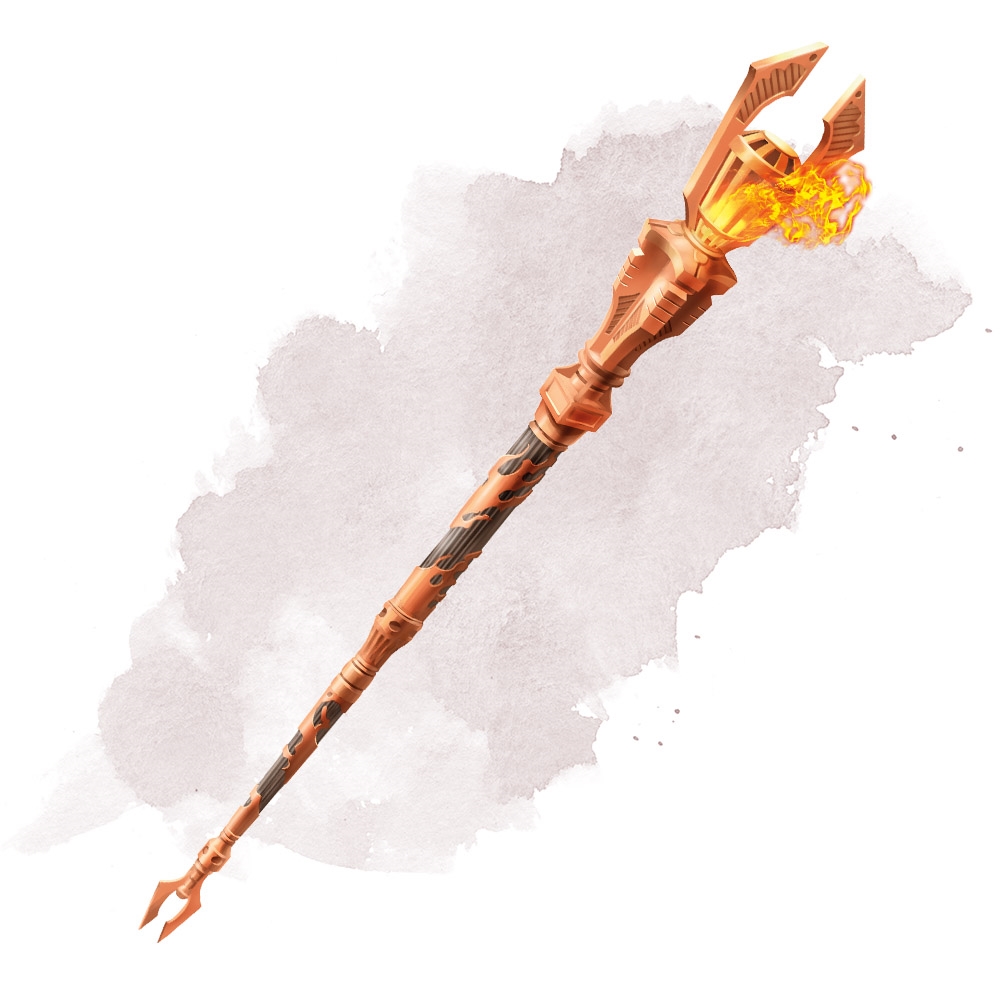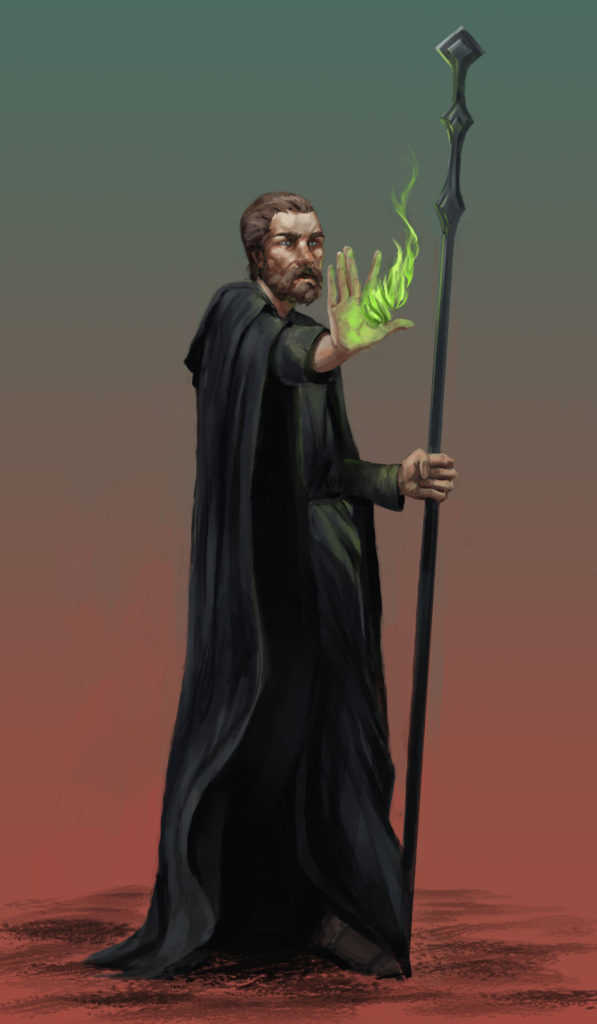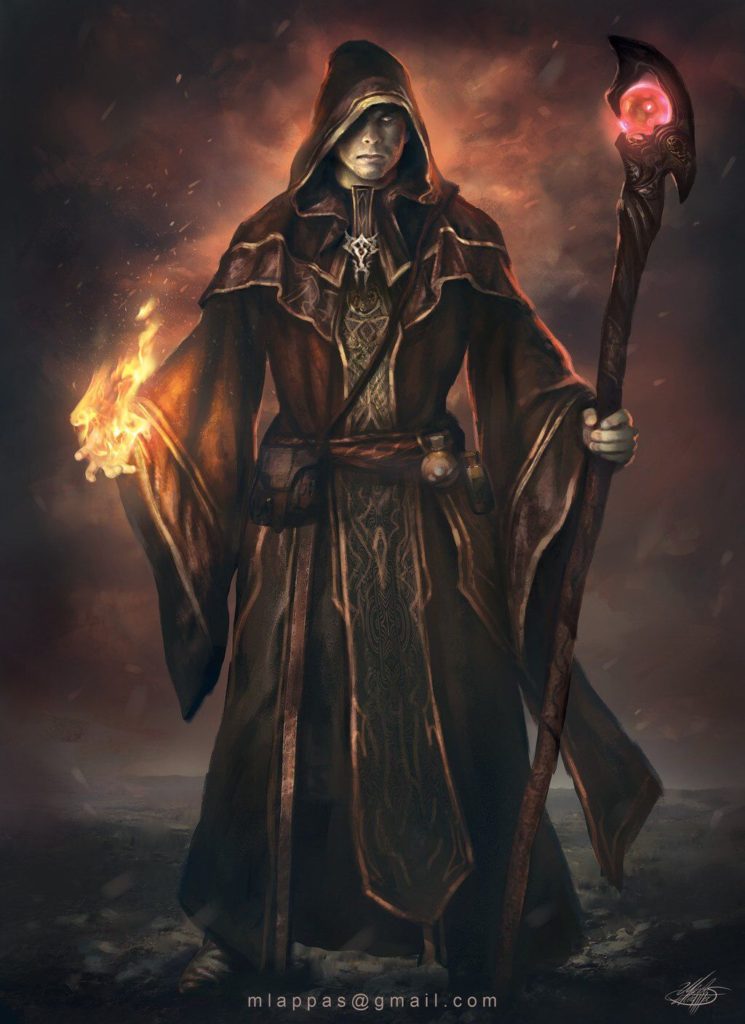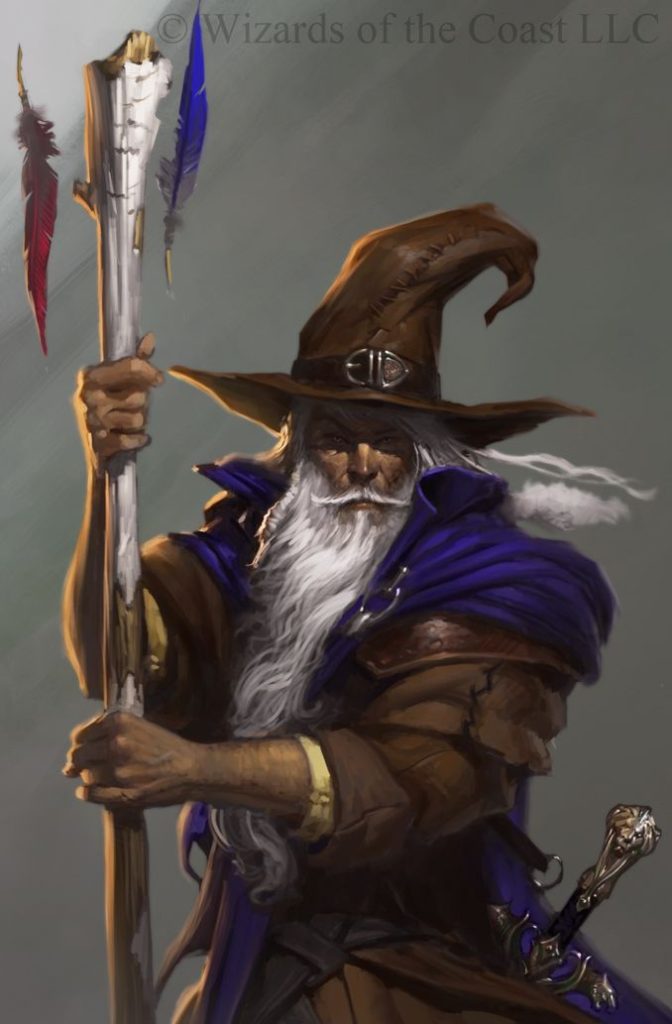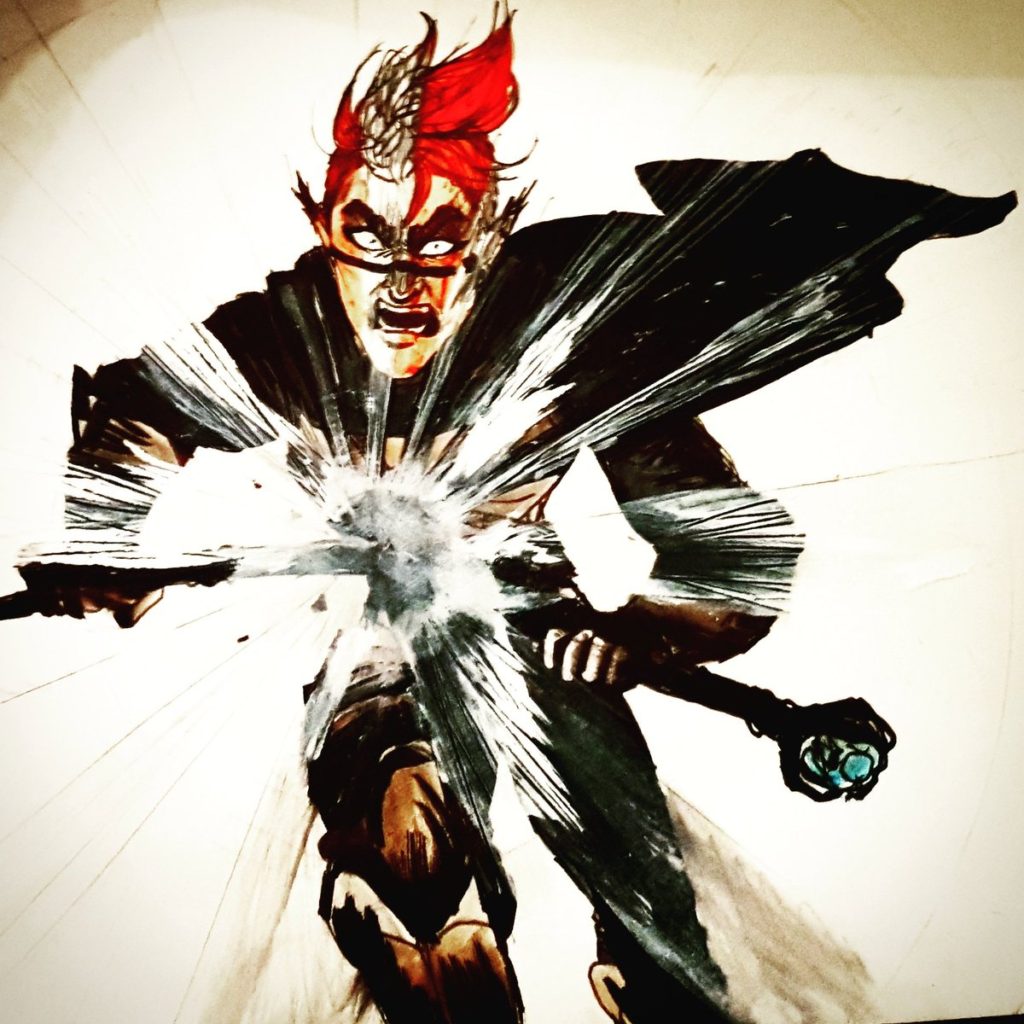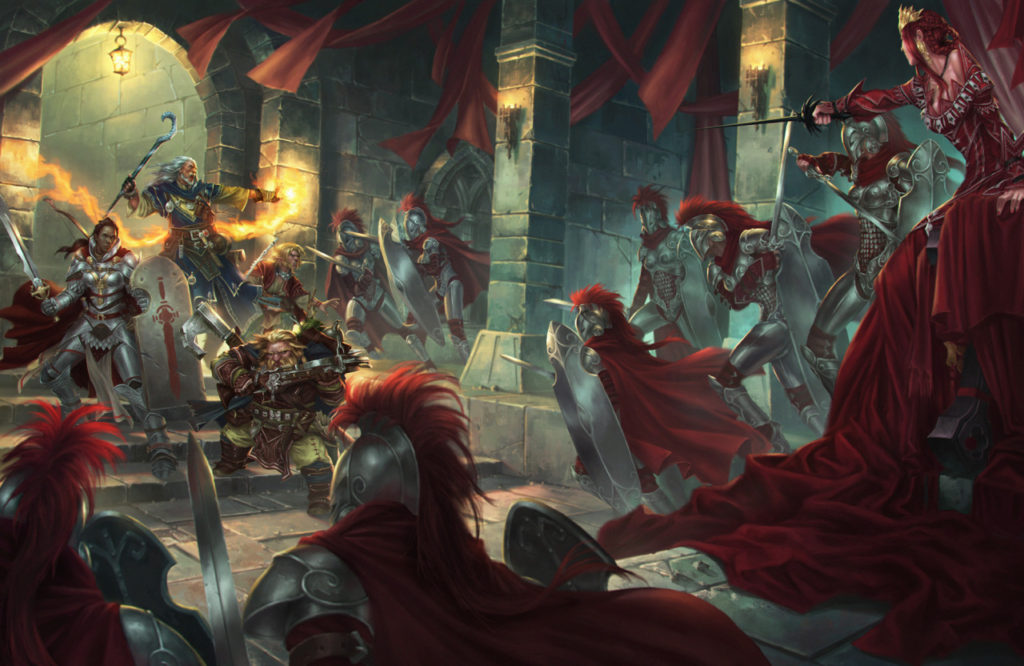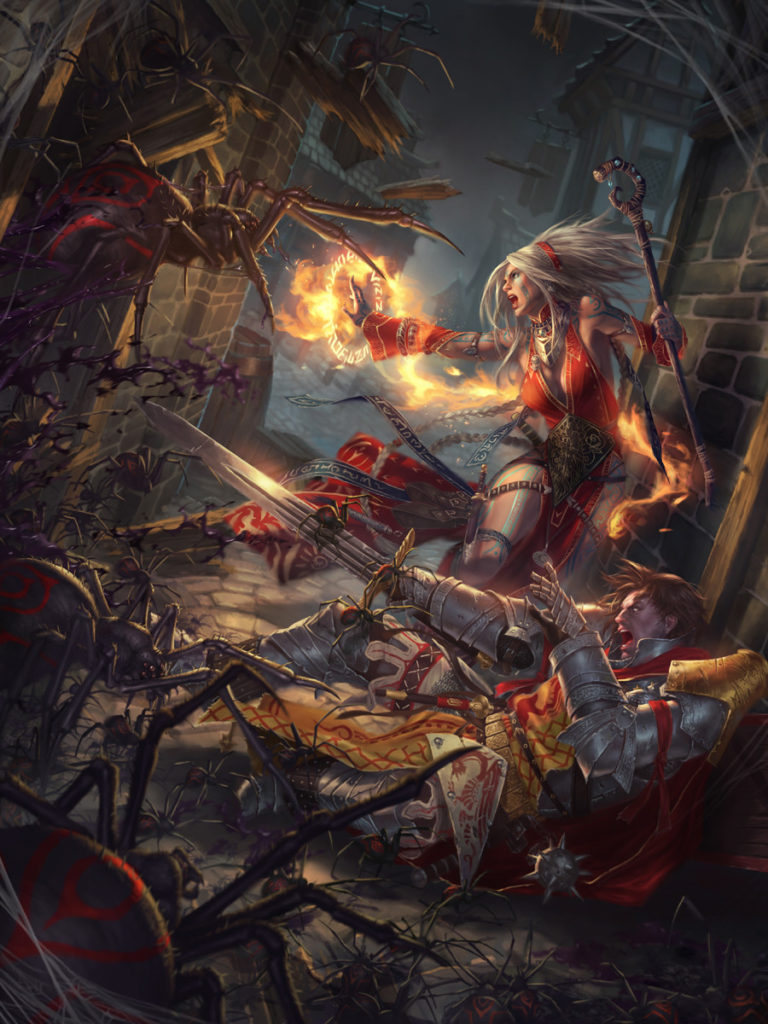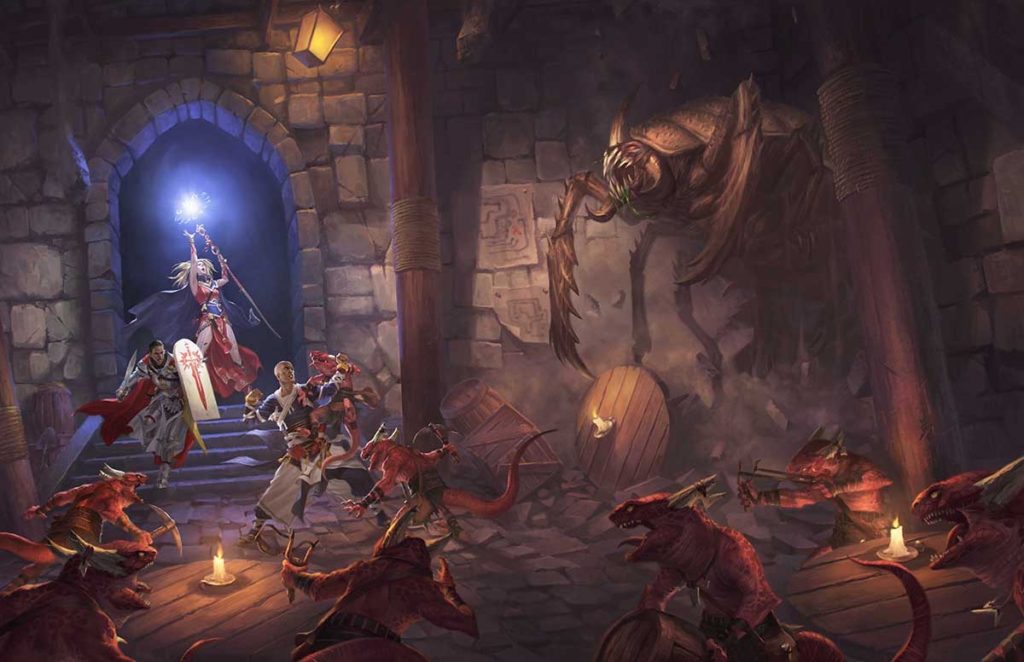As a long time Dungeon Master I have long pondered the possibilities of using chess puzzles in my games. Puzzles are always a nice change of pace in a dungeon. Obviously my players enjoy murdering monsters and stealing their treasures as much as the next group. That is an essential part of any Dungeons and Dragons game regardless of edition. Dungeon masters that do not understand this often find that their games die from lack of interest. But even the most bloodthirsty groups still like to do other things once in a while. Puzzles are often a favorite. As long as there is a chance to solve them…..
Just about nothing is worse in a game than to create some great puzzle that no one in group has any possibility of solving. This is especially true if the puzzle must be solved in order to complete the mission (if there is one) or to advance further in the dungeon. Do this and your adventure may come to an abrupt end as the players all decide they really have something better to do on Dungeons and Dragons night.
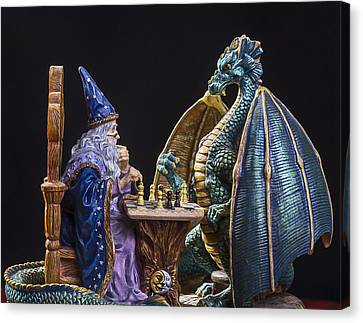
I have used Chess in Dungeons and Dragons myself in more than a few campaigns
I am not an expert on chess. My father was. He was from a different generation than me. His generation played games like chess because video games did not exist during his youth. People like me had better options growing up. I grew up in the seventies and eighties with video games like Defender and Robotron at the arcades and Playstations and X-Boxes in my home in later years. Chess was not much of a consideration.
But I did play the game a little growing up. With my father mostly. But I did play a few tournaments. My older brother played a lot of those tournaments growing up. It was fun then. And to be perfectly honest…… the guys who ran those chess clubs of the sixties and seventies were running the war gaming clubs a few years later. Many of these same people would become the Dungeons and Dragons players of the next generation.
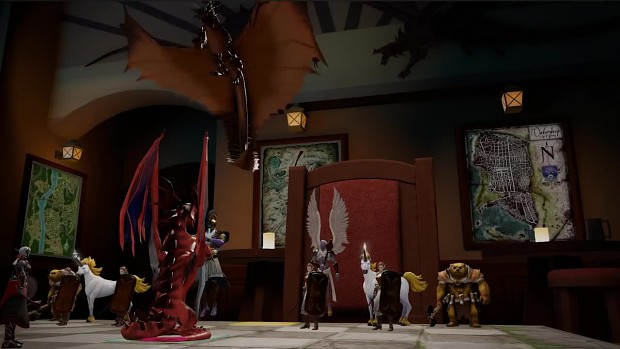
In my own games I placed these encounters more as a “trick” encounter as defined in the 1st Edition DMG on page 216. I have always been fascinated by that portion of the Dungeon Master’s Guide. So I suppose it is natural that I would use chess in such a way.
In one such encounter I placed a chess board type of room in the dungeon in which black and white tiles on the floor corresponded to the number of rows and columns of a chess board. There were but a few pieces on the board. Each player character could only move across this board as the type of class that they were. Fighters moved as knights. Clerics as bishops. Magic users as queens. And thieves as rooks.
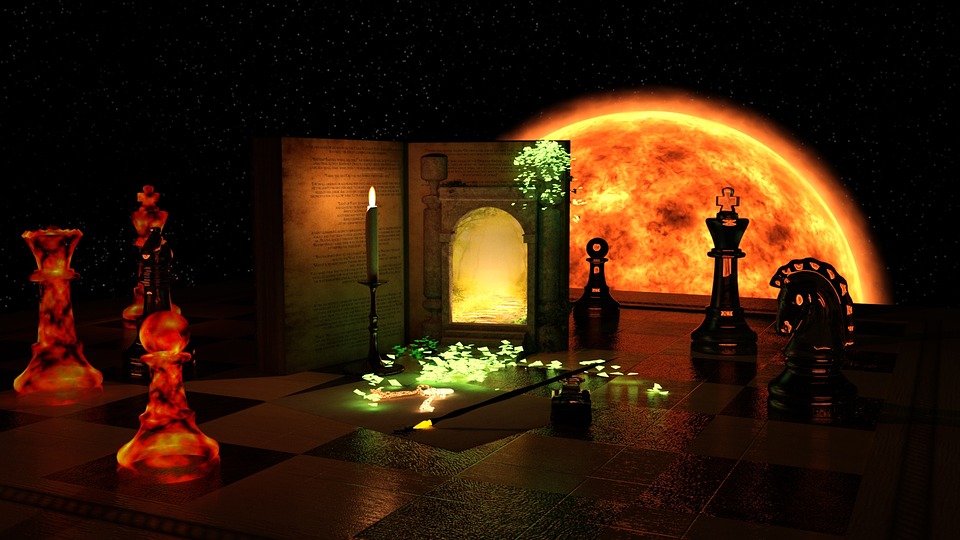
To be safe the parties always started with fighters and never thought about using the thieves which could have easily moved across the board. There was no way to get to the other side of the room without moving as a chess piece. Any attempt resulted in teleportation out of the room. The enemy pieces were similar in class and abilities. And they used these abilities to prevent the players from moving across the board with impunity. Once these pieces were slain moving across the board was simple….until they wanted to move back across the board again and found the pieces were reset on the other side…….
In another encounter I placed an expensive chessboard made of gold with pieces carved out of gems. The pieces were set up as a chess puzzle……and may players just looted the thing and gave no consideration at all that they might be missing a puzzle….. they did not even detect magic. Sometimes your puzzle ideas will just go over the heads of your players…. I think I picked a chess problem off of the net and if the characters had moved the pieces the set would have disappeared and a valuable magic item would have appeared in it’s place.
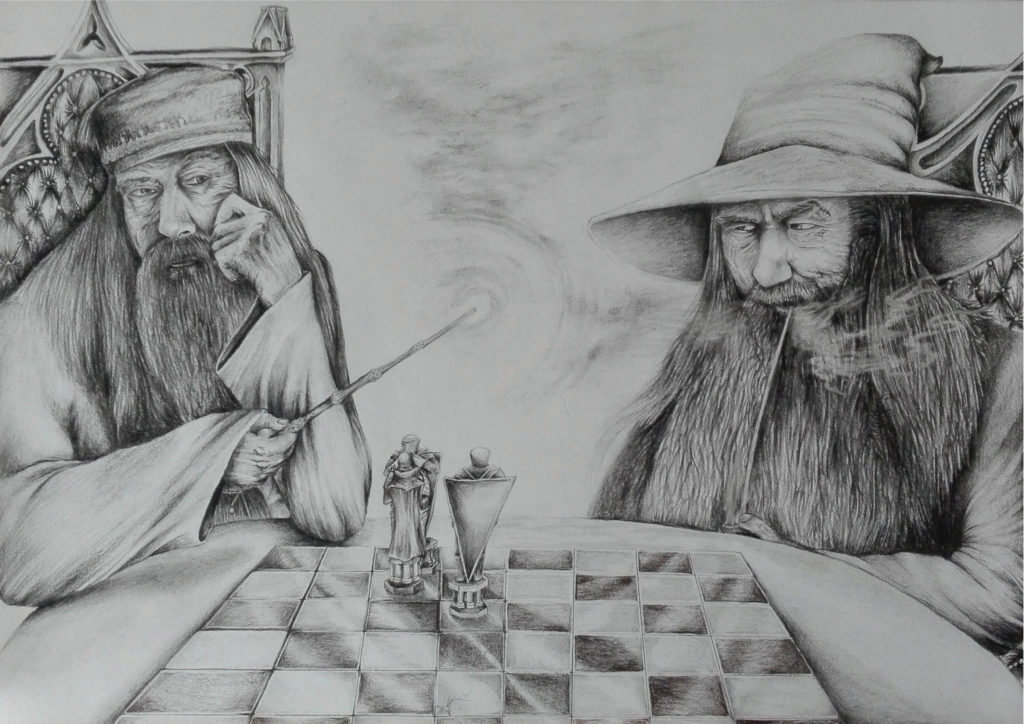
Chess ideas that I stole from the web
When I began this article I started scouring the internet for the ideas of other people. After all…..I couldn’t be the only person wanting to use chess puzzles in their dungeons right? As a dungeon master I am totally not above stealing ideas from others. I use whatever I think will work in my games.
As I suspected….I found a number of discussions on this subject. There are a lot of dungeon masters out there looking for ways to use chess puzzles in their games. And not just for Dungeons and Dragons. I found some references to Pathfinder chess puzzles as well.

Some of these ideas include:
- A chess board room with a pile of ash in the center of it and a poem written on it (or somewhere in the room). The poem suggests the chess theme and describes the pieces. It also hints that flying is not advised. In this puzzle if you move as a knight moves then you will get across safely. Move in any other way and you will wish that you didn’t. I personally do not like this one. I think players should move as something representative of their class rather than all as knights. But I did not come up with this particular version
- Another suggestion was to use murals on the walls to suggest a “peasants taking down the king” theme. The players move as pawns. This puzzle consists of some glowing objects in these murals suggesting the next move.
- Another author talked about using a puzzle with eight queens and a riddle that suggests that the queens are all in competition with each other. The object is to move the eight queens so that they do not threaten each other any longer. The puzzle has a time limit which is indicated by an hourglass in the room. I kind of like this idea. I would have to check out on a chess board how to move the eight pieces so that none could take another. If you moved the queen incorrectly they would become constructs and fight the players.
- Another author suggested a puzzle involving “the Knight’s Tour.” Apparently a knight can be moved around the chess board in a manner in which it visits every square on the board only one time. This, of course, would be a rather lengthy puzzle. A link to an article discussing this is at Knights Tour
- Another author suggested looking up chess puzzles and then formulating Dungeons and Dragons puzzles accordingly. I think that this is probably a good idea if you want to make something truly original.
- Another author suggested that every player should be treated as a pawn in a puzzle. Once they reach the far side they would be crowned as a queen and could move in any direction afterwards.
- One author suggested a chess puzzle in which the objective is to lose and not win. One must trick the opponent into taking important pieces by placing them in positions where they must take them.
- Another author suggested that a party might find a game in progress in a chess board room. The players would move as pieces corresponding to their classes. If they failed to move appropriately then pieces would animate and attack them. And the number of pieces would escalate.
- One author mentioned that the 4th Edition sample dungeon had a chess encounter room in it. Obviously I will go back and look for this if I want to do another such puzzle in my own games.
- One author suggested making certain squares pit traps…..I suspect this idea would be less popular with my players…..
- A few authors suggested using animated pieces and using check mate problems. This stuff is kind of obvious to everyone who thinks about doing this kind of puzzle in Dungeons and Dragons
- A few authors talked about doing a series of rooms with different sets of problems to solve. Upon solving one you could advance to the next. Once you get to the end of the series you get to the reward or treasure. The puzzles would, of course, get harder as you advance.
- One author suggested a chess themed dungeon level in which the white pieces were fighting the black (or red) pieces. And the players would therefore have to navigate between the two sides. Each side led by a powerful fighter (king), witch (queen) and cleric (bishop).
- One author had the idea that one player (that understands chess rules) should be trapped in a room with a chess board and a ghostly opponent. The other players are in a room set up as a chess board and find that pieces start animating and moving on their own to other squares. The goal is not to win but to get the enemy king to move from it’s position which blocks the door to the player characters (prisoner) cell door.
- Another author suggested setting the characters as pieces depending upon which square they stepped on first. For example if they stepped on a corner square first they would move as rooks, the next one in as knights, the next one in as bishops…..etc.. I think that this makes a great deal of sense for a chess puzzle as it does not make the characters class specific.
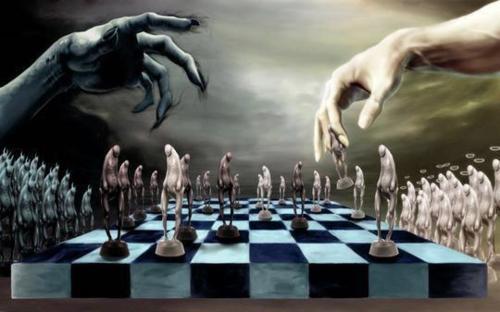
Be careful with puzzles in Dungeons and Dragons
As a dungeon master it is essential to understand that there are risks in using puzzle encounters in games. While it might seem clear and solvable to you it might seem impossible to the players. One just cannot predict, with total accuracy, how an adventurer group will react when they encounter any puzzle. If they do not understand chess then they may not advance very far. And this can be frustrating.
Any puzzle…chess or other puzzles….can cause a game to come to a standstill. Be careful not to place difficult puzzles at key entry points and exit points of your dungeon. If you do so you may find that the players never get inside of your dungeon….or are trapped there forever…..
Likewise it is advisable not to place puzzles in places that will block the adventurers from:
- Getting to important mission objectives
- Getting to important NPCs that you need (or at least want) them to meet
- Keep them from gaining important magic items or treasures that they will need in order to succeed later in your adventure
It is easy to make a mistake like this. Assume that your players will not solve any puzzle that you place in a dungeon. It is far better to have the puzzle block access to some minor area of the dungeon or some minor treasure than to have the campaign stall completely because the party gets stumped and then gets bored.
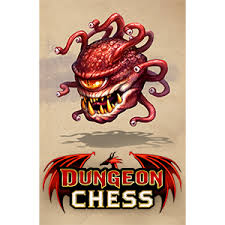
Dragon Chess!
Yes. It was an official game created by Gary Gygax. Gygax, as you probably know, was one of the two people responsible for creation of Dungeons and Dragons. In issue 100 of “The Dragon” he wrote an article presenting rules for a three dimensional game called “Dragon Chess.” The pieces were a variety of D&D monsters such as unicorns, griffons and dragons. I will not go into the rules but I mention this because it demonstrate clearly that even Gary understood that dungeon masters would likely want to use chess puzzles and chess itself in their campaigns and adventures. It is only natural that they would.
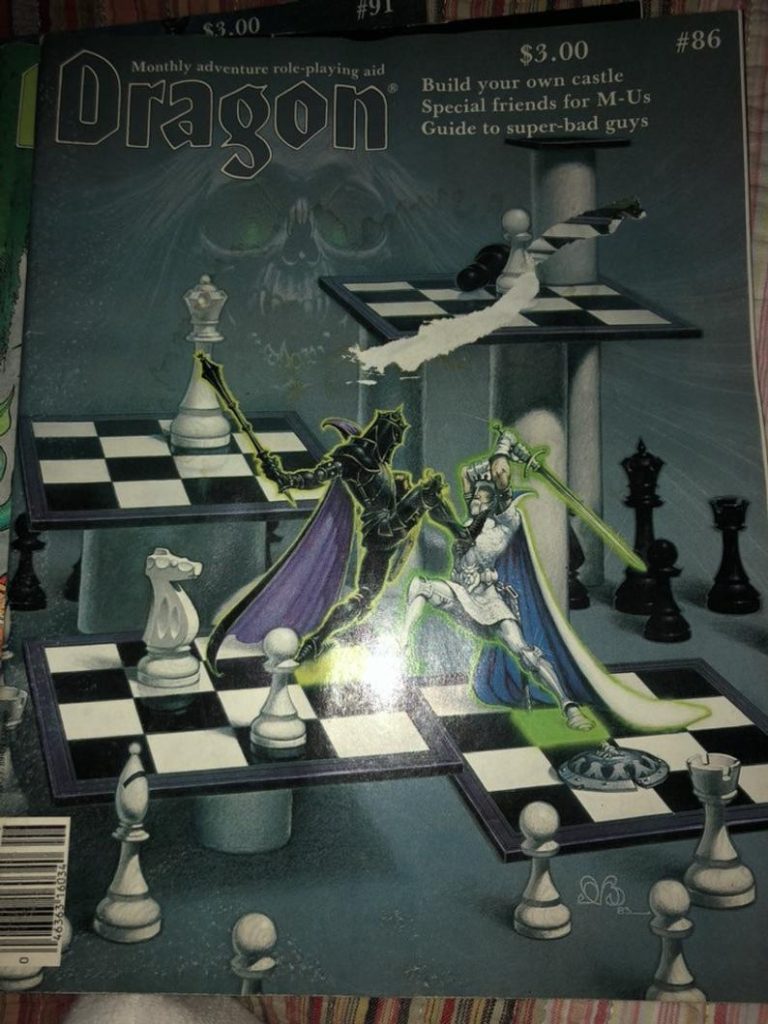
So how do you come up with chess puzzles of your own?
You could use the links I provided above and look for chess and checkmate problems. These could easily be the basis for a puzzle. The puzzle could involve a room or, as i suggested earlier, a chess board in a room. Either way works. And the result of solving the problem could:
- Provide a specific boon to the problem solver
- Remove some curse
- Open a passage to a new area
- Open up a treasure room
- Allow the party to advance further into this part of a dungeon
Regardless of what you choose to do it could provide an interesting diversion to hacking and slashing the residents of your dungeon.
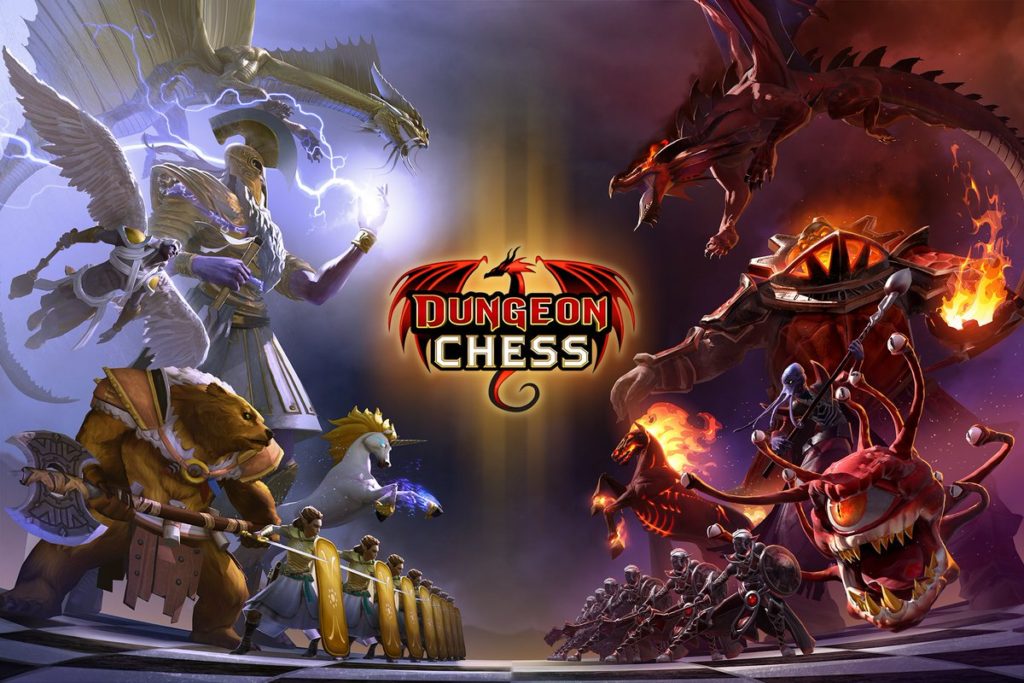
If you enjoyed this article then you might enjoy these:
- Sieges in Dungeons and Dragons
- Sleeping in Dungeons
- Kicking in doors in Dungeons
- Running Away in Dungeons and Dragons
- Division of Treasure
- Negotiation in Dungeons and Dragons
- Secret Passages
- Treasure in Dungeons and Dragons
